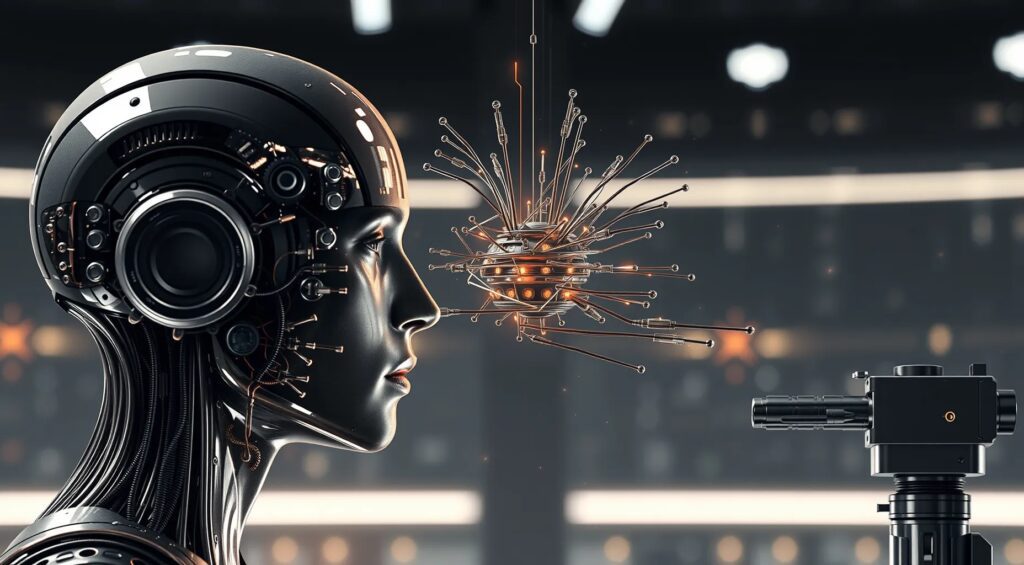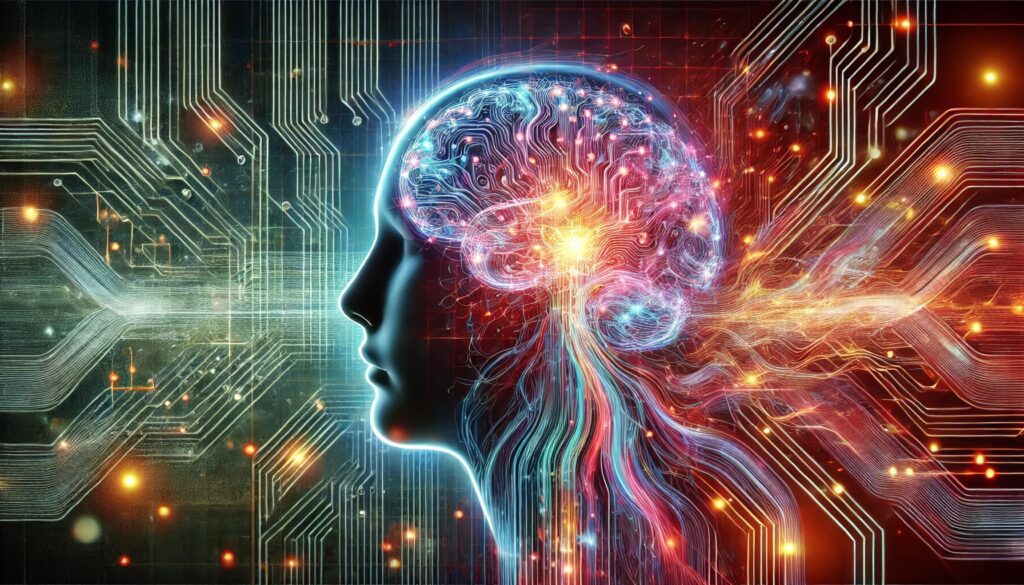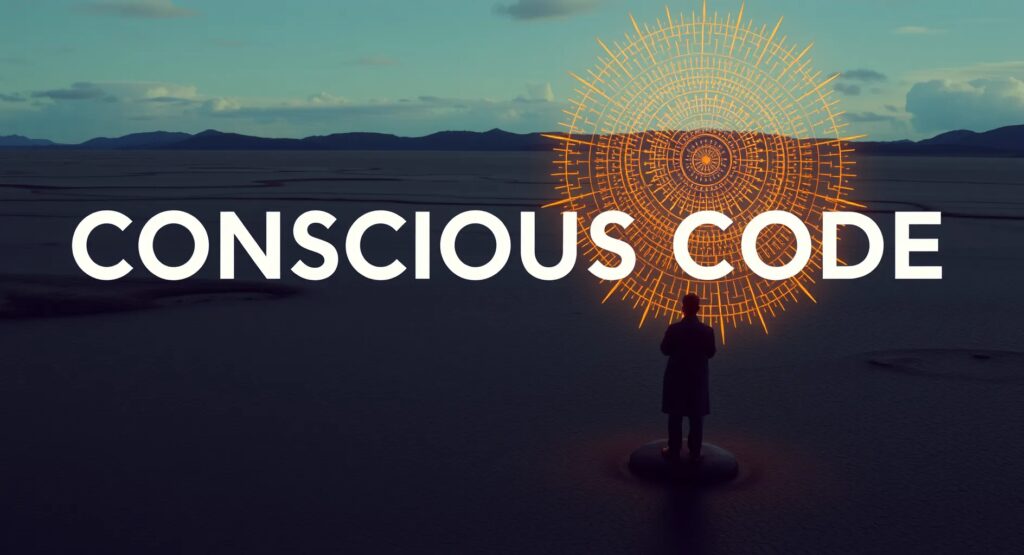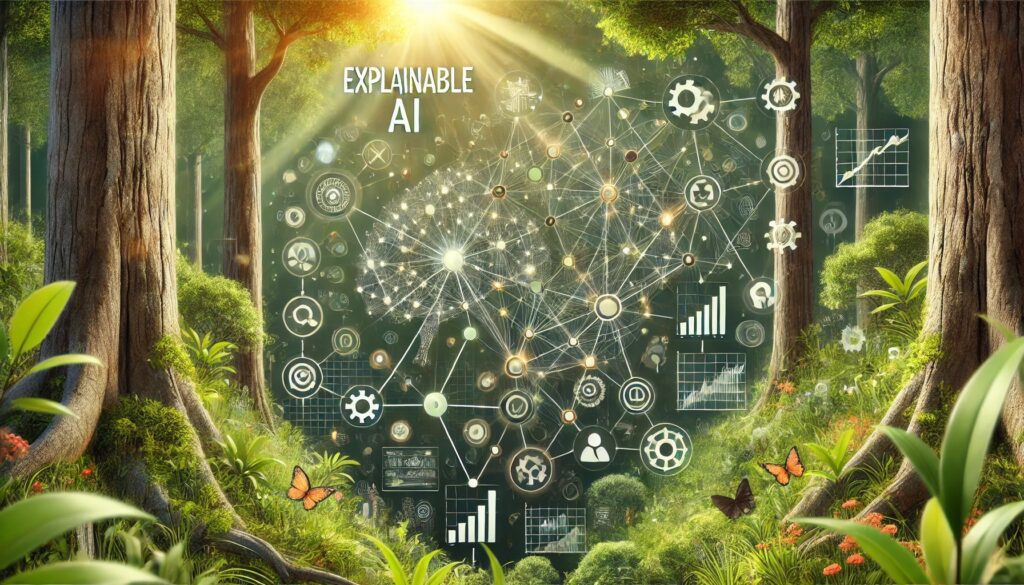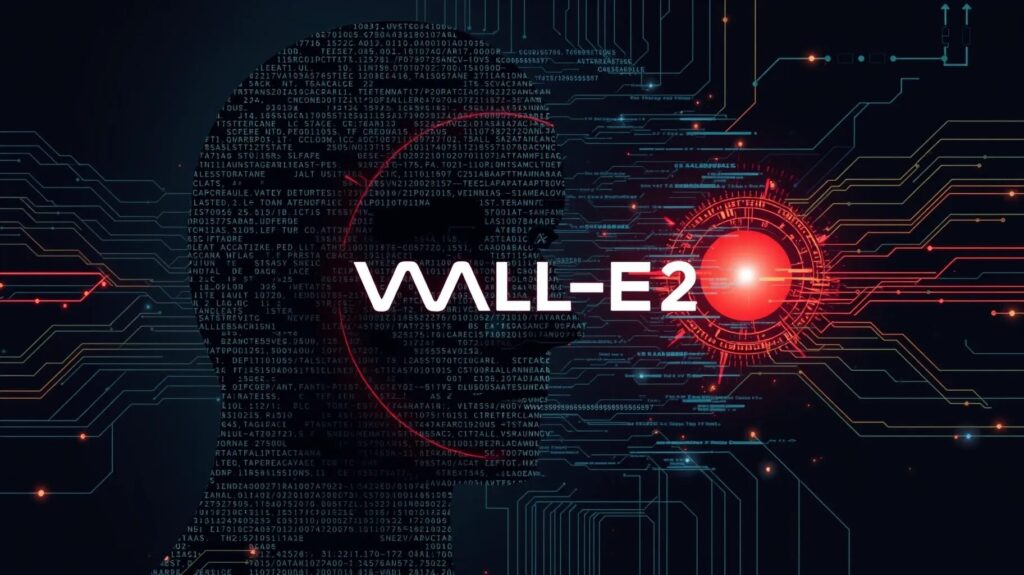
The Technical Marvel of VALL-E 2: How It Works
VALL-E 2 is built on the principles of neural network architectures, specifically those optimized for processing and generating sequential data like speech. The model likely employs a transformer-based architecture, which has become the standard in natural language processing (NLP) and now in speech synthesis. Transformers excel at capturing long-range dependencies in data, allowing them to model the intricate patterns of human speech—including inflection, tone, and even emotional subtleties—with remarkable fidelity.
Training Data and Ethical Concerns
The training of VALL-E 2 would have involved massive datasets composed of voice recordings from a diverse pool of speakers. These datasets are often sourced from public databases or commercially licensed content. However, this brings up a crucial ethical concern: data privacy. Were all the voices used in training this model provided with informed consent? Did the individuals whose voices are in these datasets understand how their data would be used? This lack of transparency is a significant ethical issue.
Moreover, the biases inherent in these datasets can be propagated through the model. If the training data predominantly features certain accents, dialects, or languages, VALL-E 2 might perform better with those inputs while marginalizing others. This raises questions about equity in AI, where certain voices might be more accurately replicated than others, leading to uneven technological benefits across different demographics.
The Role of VALL-E 2 in Deepfakes
VALL-E 2 also plays into the broader phenomenon of deepfakes—AI-generated content that mimics real people, often with malicious intent. Deepfakes have already proven to be a major challenge for platforms like social media, where misinformation can spread rapidly. VALL-E 2 could exacerbate this issue, as it enables the creation of highly realistic voice deepfakes that are almost indistinguishable from authentic recordings.
The implications for misinformation and trust in media are profound. If people can no longer trust what they hear, the very fabric of communication could be undermined. This could lead to a situation where every piece of audio or video content is suspect, eroding trust in both traditional and digital media.
The Profound Ethical Implications
1. Privacy Erosion and Consent:
At the heart of the ethical debate around VALL-E 2 lies the issue of privacy. With the ability to clone voices from minimal audio samples, the potential for privacy violations is immense. Imagine someone being able to replicate your voice from a short clip you posted online—whether in a social media video, a podcast, or even a voice message. This capability could lead to unprecedented levels of identity theft and impersonation.
Consent is another critical concern. Even if someone consents to have their voice used in one context, they might not consent to other uses—especially if those uses involve misrepresentation or manipulation. The legal frameworks currently in place often lag behind technological advances, leaving gaps that could be exploited by bad actors.
2. The Weaponization of Deepfakes:
Deepfakes, which initially gained attention through doctored videos, are now set to become even more potent with the integration of voice cloning technology like VALL-E 2. These audio deepfakes can be used in malicious ways—from fabricating evidence in legal cases to creating fake news audio clips that could spark unrest or tarnish reputations.
Consider the political sphere, where a well-timed fake audio clip of a leader making inflammatory remarks could influence elections or international relations. In business, fraudulent audio deepfakes could be used in phishing scams, where an AI-generated voice of a CEO instructs an employee to transfer funds, leading to substantial financial losses.
3. The Erosion of Trust in Digital and Traditional Media:
As VALL-E 2 and similar technologies become more widespread, the public’s ability to trust what they hear will be severely tested. If audio recordings can no longer be trusted as evidence, both the legal system and journalism will face significant challenges.
The potential for “deniability” also grows. Public figures caught saying something controversial could claim it was an AI-generated fake, even if the recording is real. This “plausible deniability” could further muddy the waters, making it difficult for the truth to be established and for justice to be served.
Potential Solutions and Ethical Safeguards
1. Advanced Detection Tools:
To combat the misuse of VALL-E 2, the development of sophisticated deepfake detection tools is essential. These tools would need to analyze subtle artifacts left behind by AI-generated content, such as inconsistencies in the audio’s frequency spectrum or unnatural transitions between phonemes.
Blockchain technology could also play a role in ensuring the authenticity of audio recordings by creating immutable records of the original content. However, this approach requires widespread adoption and integration into current media and legal frameworks, which could be a slow and complex process.
2. Regulatory and Legal Frameworks:
Governments and international bodies need to work together to establish regulatory frameworks that govern the use of AI voice synthesis technologies like VALL-E 2. These regulations should define what constitutes lawful versus unlawful use, provide guidelines for obtaining and documenting consent, and establish penalties for misuse.
The EU’s General Data Protection Regulation (GDPR) offers a potential model, with its strong emphasis on data privacy and individual rights. However, adapting such a framework to AI voice synthesis will require careful consideration of the unique challenges this technology presents, including cross-border enforcement issues.
3. Public Education and Media Literacy:
A critical long-term solution lies in public education. As deepfake technology becomes more advanced, it’s crucial that the general public develops a healthy skepticism towards digital media. Media literacy programs should be integrated into educational curricula, teaching people how to critically assess the authenticity of audio and video content.
Moreover, journalists and media outlets need to adopt stricter verification processes when handling audio content. This could include cross-referencing sources, using AI detection tools, and being transparent with audiences about the potential for AI-generated misinformation.
The Broader Impact on Society
The rise of technologies like VALL-E 2 has broader implications for society beyond just ethics and media. It could fundamentally change how we interact with technology and each other.
1. Enhanced Accessibility and Personalization:
On the positive side, VALL-E 2 could greatly enhance accessibility for individuals with disabilities. For instance, those who have lost their voice due to illness could use this technology to regain a voice that closely matches their original one. Additionally, VALL-E 2 could enable more personalized interactions with digital assistants, customer service bots, and even in entertainment, where characters could be given voices tailored to individual audience members.
2. Economic Disruption:
However, the technology could also lead to economic disruption. Voice actors, narrators, and other professionals who rely on their unique vocal talents may find themselves in competition with AI-generated voices that can replicate their work at a fraction of the cost. This could lead to job displacement in industries that rely heavily on human vocal talent.
3. Philosophical and Psychological Impacts:
Finally, the advent of AI voice synthesis raises philosophical questions about identity and authenticity. If a machine can perfectly replicate your voice, what does that say about the uniqueness of individual human expression? This could have psychological implications, particularly in how people perceive their own identity in a digital age where almost anything can be artificially replicated.
Conclusion: Navigating the Ethical Landscape of VALL-E 2
As VALL-E 2 continues to develop and its applications become more widespread, society faces a critical juncture. The potential benefits of this technology are vast, offering exciting new possibilities for accessibility, personalization, and innovation. However, these must be weighed against the significant ethical risks it poses, from privacy violations to the erosion of trust in media and the potential weaponization of deepfakes.
The challenge moving forward will be to create a balanced approach that harnesses the power of VALL-E 2 while implementing strong safeguards to protect against its misuse. This will require collaboration across multiple sectors—technology developers, legal experts, policymakers, educators, and the public at large. Only by working together can we ensure that this powerful tool is used responsibly and for the greater good, rather than becoming a force for harm in an increasingly complex digital landscape.
Academic and Research Papers:
- Neural Voice Cloning with Few Samples – A detailed paper on voice cloning using neural networks.
- Deepfake Audio: Attacks, Defenses, and the Road Ahead – Research on the challenges and solutions for deepfake audio technology.

